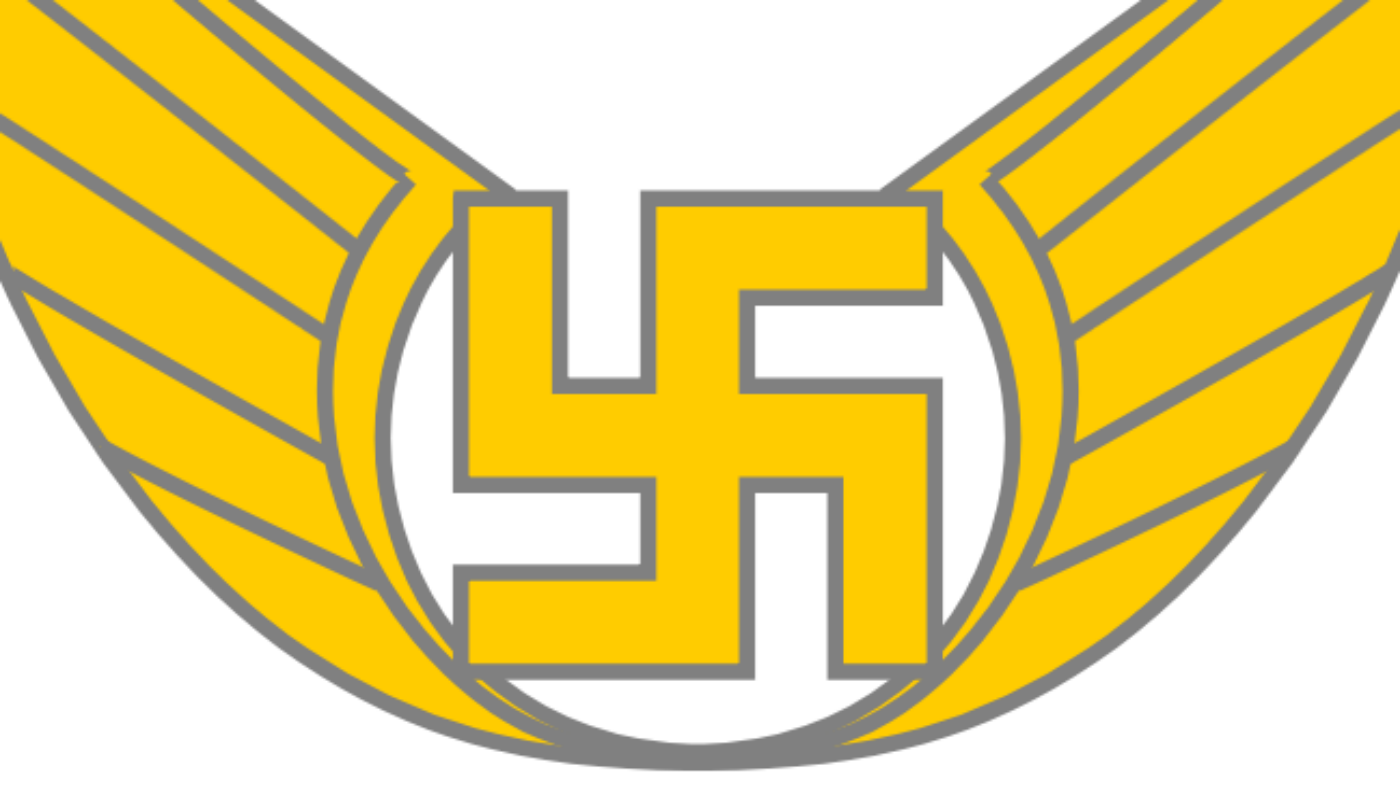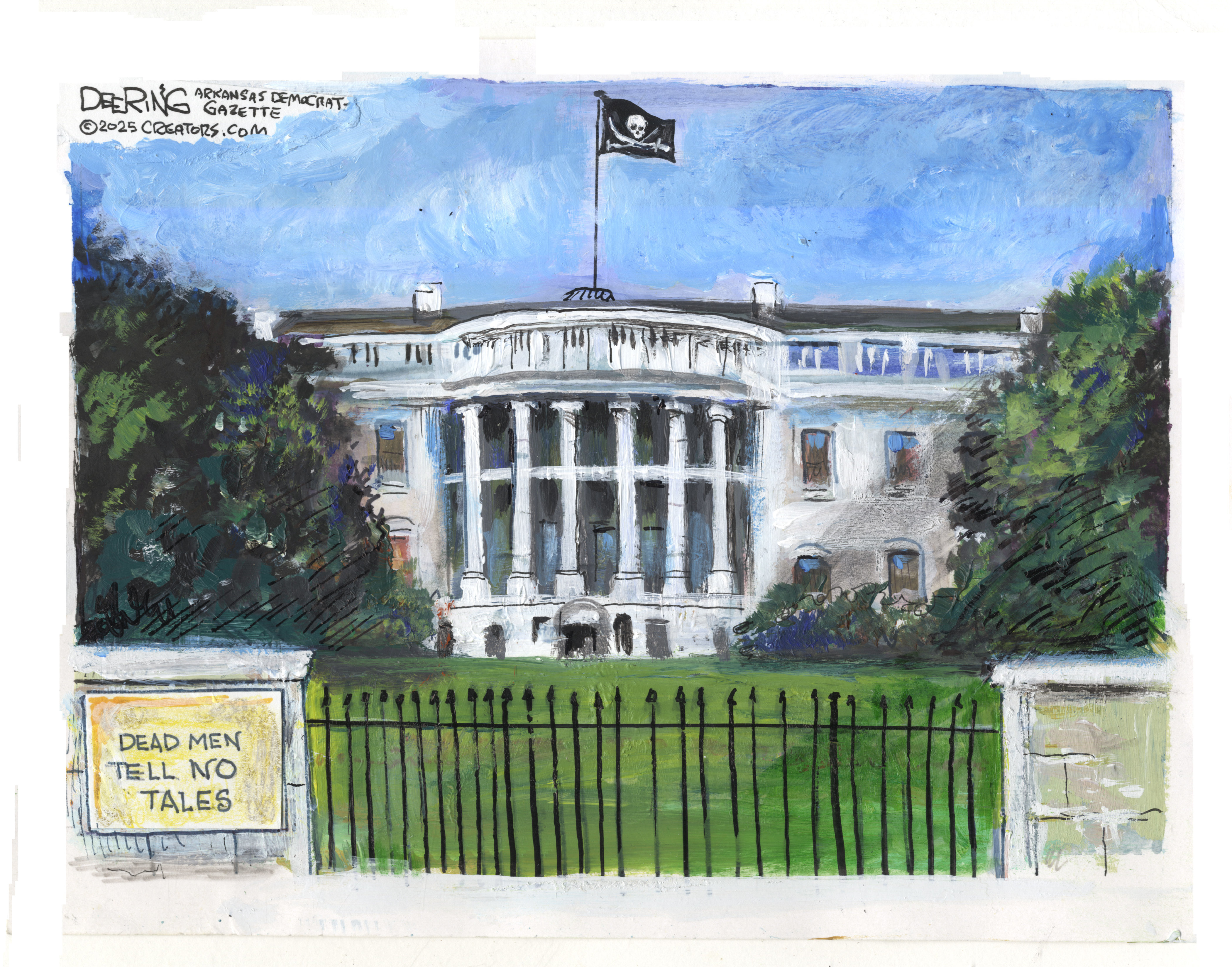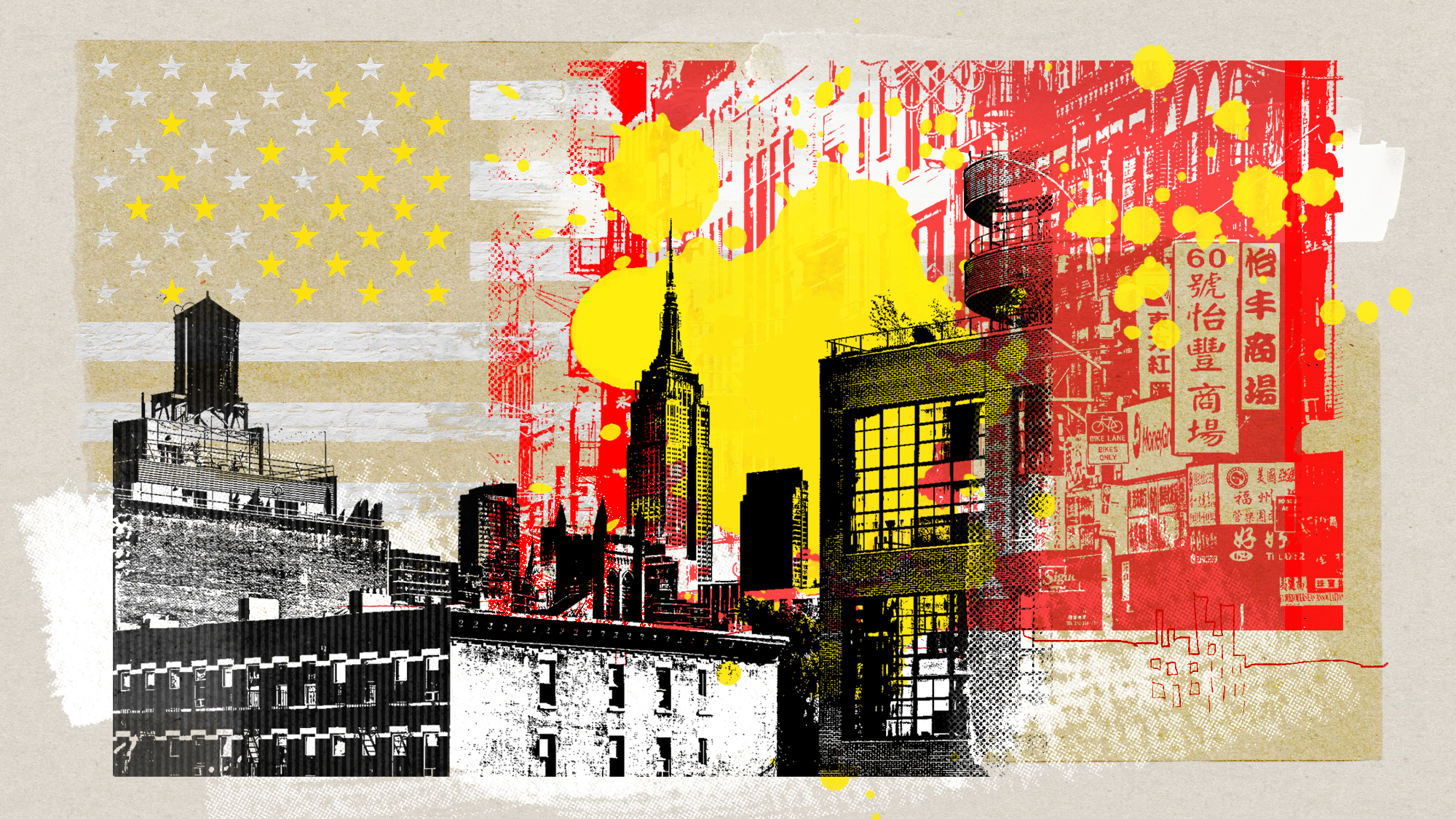Why Finland won’t let go of the swastika
The symbol is still proudly displaced by the Finnish military, despite its Nazi associations

The swastika, a symbol most associate with the horrors of Nazi Germany, still adorns flags and military insignia in Finland.
Critics argue that the emblem should be consigned to the history books owing to its racist connotations, but the Finnish government has repeatedly rejected calls to restrict its use.
Where and why is it used?
The Week
Escape your echo chamber. Get the facts behind the news, plus analysis from multiple perspectives.

Sign up for The Week's Free Newsletters
From our morning news briefing to a weekly Good News Newsletter, get the best of The Week delivered directly to your inbox.
From our morning news briefing to a weekly Good News Newsletter, get the best of The Week delivered directly to your inbox.
Finland has used the ancient symbol on monuments, awards and decorations for nearly a century, says the national broadcaster Yle.
The swastika, which is also a Hindu symbol of peace, was used by many in the West as a symbol of good luck during the early 20th century and was a common architectural motif in Finland during the 1920s and 1930s.
It was also favoured by Finnish artist Akseli Gallen-Kallela, who featured it on his designs for military insignia, including the Cross of Liberty.
The swastika is displayed on the flag of the president of Finland and appeared on Finnish Air Force planes until 1945.
A free daily email with the biggest news stories of the day – and the best features from TheWeek.com
“It had nothing to do with the Nazis, because we got it 1918, much before the Nazis ever existed,” says retired Lt Col Kai Mecklin, director of the Finnish Air Force Museum.
The swastika has “always been a symbol of independence and freedom” in Finland, he adds.
Should Finland stop using it?
Some see the persistence of the swastika in Finnish culture as problematic, “particularly with Finland situated between two regions for whom the swastika symbolises not freedom, but its Nazi opposite”, says The Christian Science Monitor’s Gordan Sander.
And as Finland’s far-right “becomes increasingly restive, it could force Finns to change the way they consider the symbol’s place in their modern society”, he adds.
Teivo Teivainen, professor of world politics at the University of Helsinki, says the authorities are quick to dismiss criticism of the military’s continued use of the swastika.
“When I talk to top politicians or people in the military about it, normally the response is that it has nothing to do with the swastika of the Nazis, it predates the swastika of the Nazis. End of conversation,” he says.
“To this day, I haven’t, found convincing arguments why using the swastika would be beneficial for Finland,” Teivainen adds. “I think the case for getting rid of the swastika is stronger than the case for keeping it.”
But former air force pilot Mecklin says banning the symbol would send the wrong message.
“If we now deny the use, or stop using the swastika, we could give a signal abroad that actually it was a Nazi symbol in Finland - which it never was,” he argues. “We are still proud of it and still using it.”
Meanwhile, the government remains opposed to even considering a ban. “At the present time, the Ministry of Defence has no plans to restrict or review the use of the swastika,” a military spokesperson said.
-
 Film reviews: ‘Marty Supreme’ and ‘Is This Thing On?’
Film reviews: ‘Marty Supreme’ and ‘Is This Thing On?’Feature A born grifter chases his table tennis dreams and a dad turns to stand-up to fight off heartbreak
-
 Political cartoons for December 14
Political cartoons for December 14Cartoons Sunday's political cartoons include a new White House flag, Venezuela negotiations, and more
-
 Heavenly spectacle in the wilds of Canada
Heavenly spectacle in the wilds of CanadaThe Week Recommends ‘Mind-bending’ outpost for spotting animals – and the northern lights
-
 Femicide: Italy’s newest crime
Femicide: Italy’s newest crimeThe Explainer Landmark law to criminalise murder of a woman as an ‘act of hatred’ or ‘subjugation’ but critics say Italy is still deeply patriarchal
-
 Brazil’s Bolsonaro behind bars after appeals run out
Brazil’s Bolsonaro behind bars after appeals run outSpeed Read He will serve 27 years in prison
-
 Americans traveling abroad face renewed criticism in the Trump era
Americans traveling abroad face renewed criticism in the Trump eraThe Explainer Some of Trump’s behavior has Americans being questioned
-
 Nigeria confused by Trump invasion threat
Nigeria confused by Trump invasion threatSpeed Read Trump has claimed the country is persecuting Christians
-
 Sanae Takaichi: Japan’s Iron Lady set to be the country’s first woman prime minister
Sanae Takaichi: Japan’s Iron Lady set to be the country’s first woman prime ministerIn the Spotlight Takaichi is a member of Japan’s conservative, nationalist Liberal Democratic Party
-
 Russia is ‘helping China’ prepare for an invasion of Taiwan
Russia is ‘helping China’ prepare for an invasion of TaiwanIn the Spotlight Russia is reportedly allowing China access to military training
-
 Interpol arrests hundreds in Africa-wide sextortion crackdown
Interpol arrests hundreds in Africa-wide sextortion crackdownIN THE SPOTLIGHT A series of stings disrupts major cybercrime operations as law enforcement estimates millions in losses from schemes designed to prey on lonely users
-
 China is silently expanding its influence in American cities
China is silently expanding its influence in American citiesUnder the Radar New York City and San Francisco, among others, have reportedly been targeted